You are here
Da non perdere
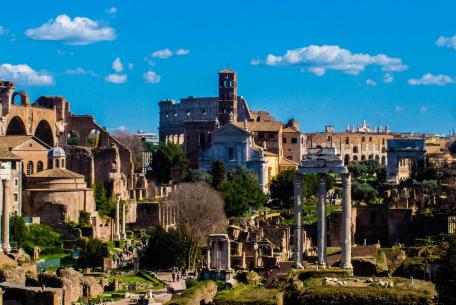
The Imperial Fora are a monumental architectural complex, formed by a series of buildings and monumental squares, the centre of the political activity of ancient Rome, built in a p
[...]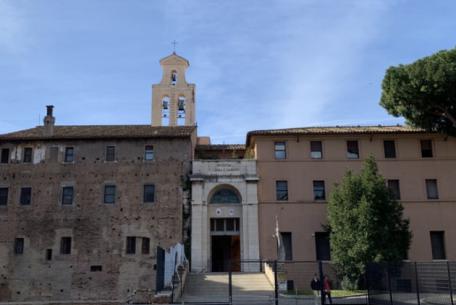
The Basilica was built in 6th century. A.D.
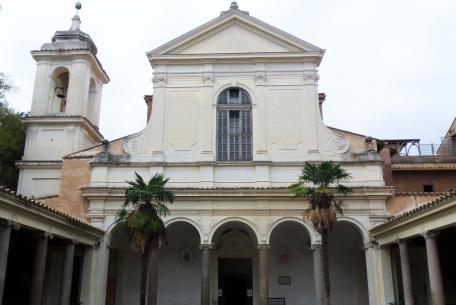
The Basilica of San Clemente in Laterano, located about 300 meters beyond the Colosseum, on the road that from the valley between the Oppian hill and the Celio leads to San Giovanni in Laterano, is
[...]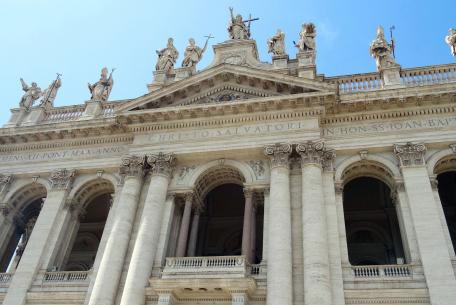
The Cathedral of the Most Holy Savior and of Saints John the Baptist and the Evangelist in the Lateran, better known as the Basilica of San Giovanni in Laterano, is, by definition,
[...]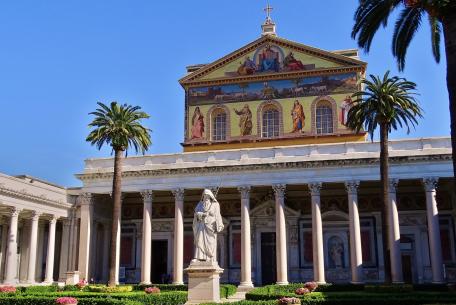
With its imposing structure, the Basilica of St. Paul Outside the Walls is one of the four papal basilicas of Rome, the second largest basilica after St.
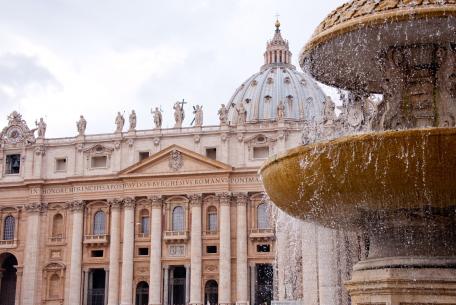
The original Saint Peter’s Basilica, a building of a dimension comparable to the current one, was erected around 320 by the emperor Constantine in the place where,
[...]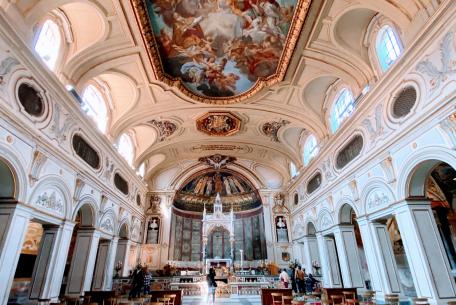
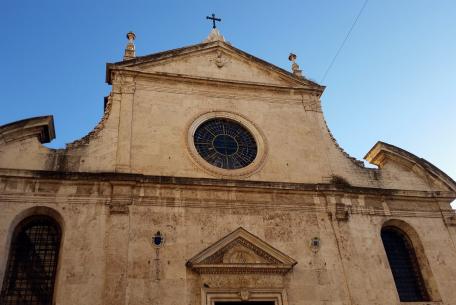
Santa Maria del Popolo is one of the most significant buildings of the Roman Renaissance
[...]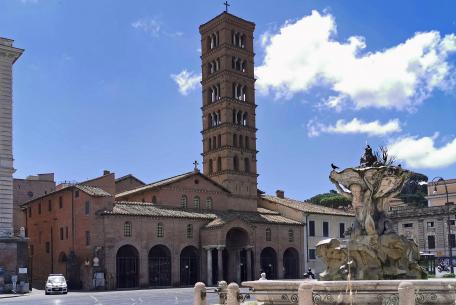
The first news relating to Santa Maria in Cosmedin dates back to the 6th century AD.
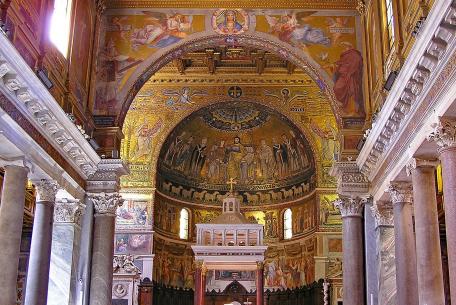
The Basilica was probably the first official place of Christian worship in Rome.

Situated on the summit of the Esquiline Hill, although enriched by subsequent renovations, St.

Founded in the VII century, over the ruins of a temple presumably dedicated to Minerva Calcidica, the basilica was rebuilt in a Gothic style in th
[...]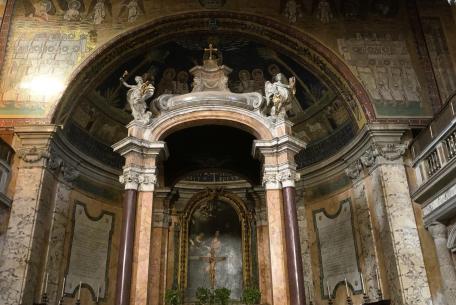
Located in the Rione Esquilino, the Basilica of Santa Prassede was built by Pasquale I in the ninth c
[...]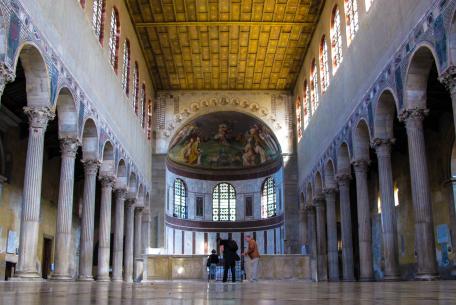
Saint Sabina was founded by Peter of Illyria, a Dalmatian priest, in 425.
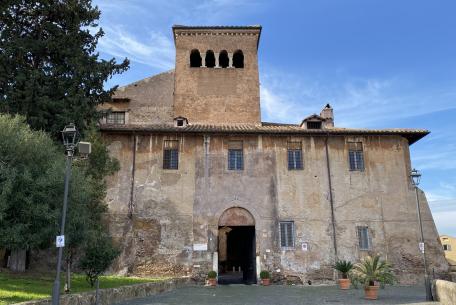
A medieval fortress in the centre of Rome.
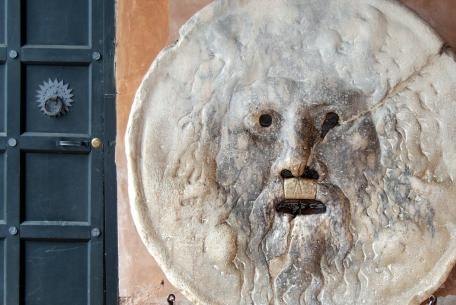
In Piazza Bocca della Verità is the ancient marble mask, one of th
[...]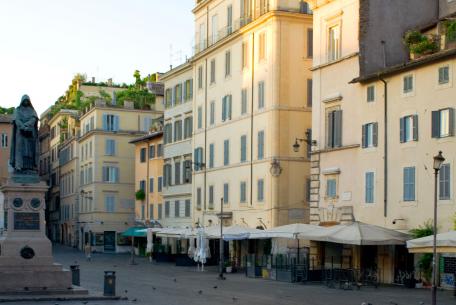
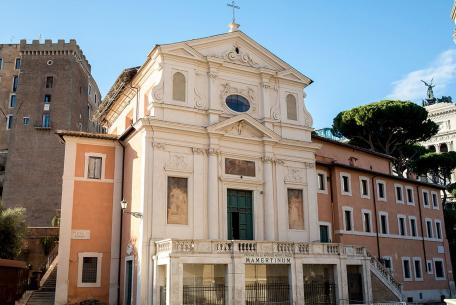
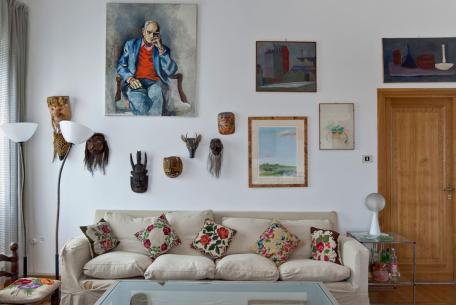
Alberto Moravia, writer, traveller, intellectual, lived through the Twentieth century and gave his distinctive voice to European culture.
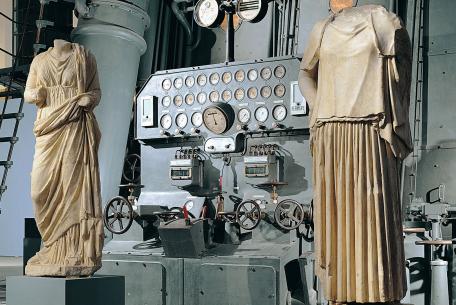
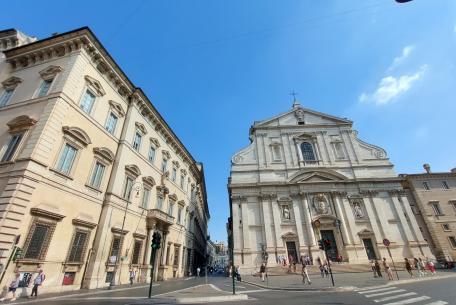
In 1551 Nanni di Baccio Biggio, a Florentine architect, was commissioned by Saint Ignatius of Loyola, to design a church for the Society of Jesus, a Catholic order.
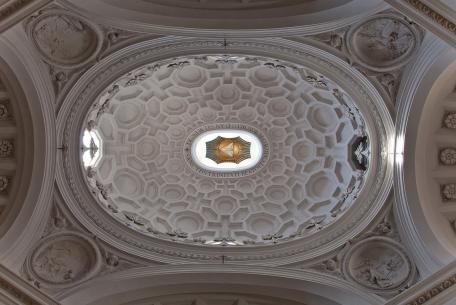
Among the baroque churches, the Church of San Carlo alle Quattro Fontane is often unjustely forgotten because many of them are famous for their size and for their scenic location.
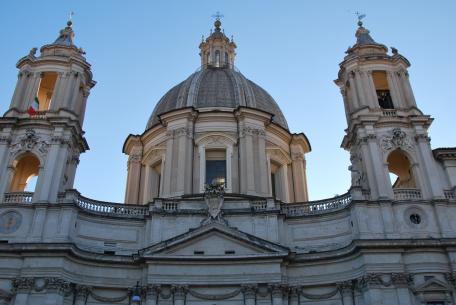
The Church of Sant'Agnese in Agone has already existed since the VII century a.C.
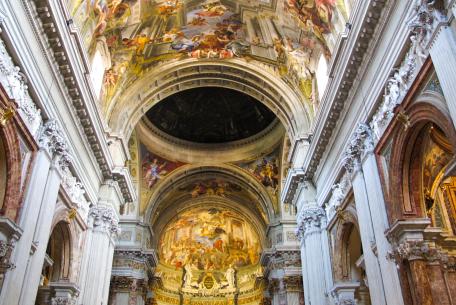
The church of Sant'Ignazio di Loyola was built on a design by the Jesuit mathematician Orazio Grassi, based on the plans of Carlo Maderno and others, and at the ex
[...]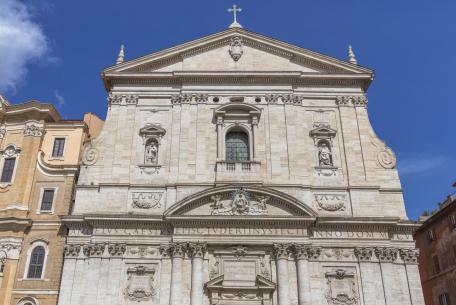
The figure of San Filippo Neri, ”Apostolo di Roma”, canonized in 1622, is historically tied to the church of Santa Maria in Vallicella.
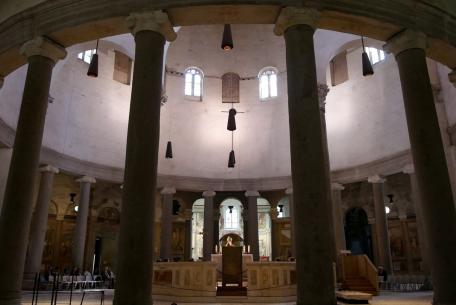
Dating back to the 5th century A.D., the Church of Santo Stefano Rotondo is the oldest church with a circular plan in Rome.
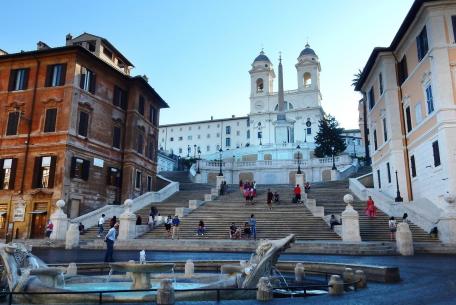
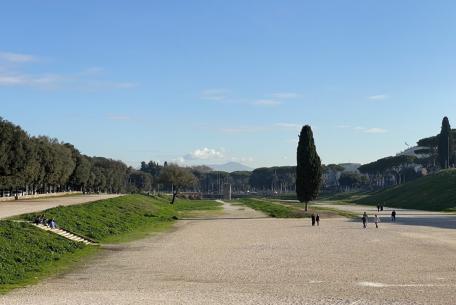
The Circus Maximus is the largest building for public entertainment in antiquity and one of the largest of all time (600 metres long by 140 metres wide) and is rel
[...]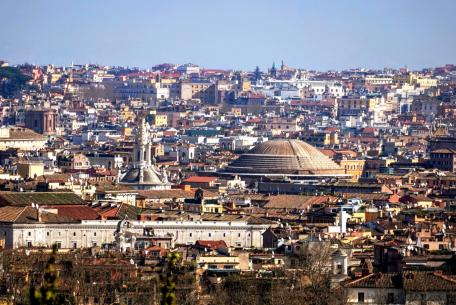
From Janiculum Promenade you can enjoy one of the most evocative views of the historic centre of Rome.
- 1 of 5
- avanti >











































